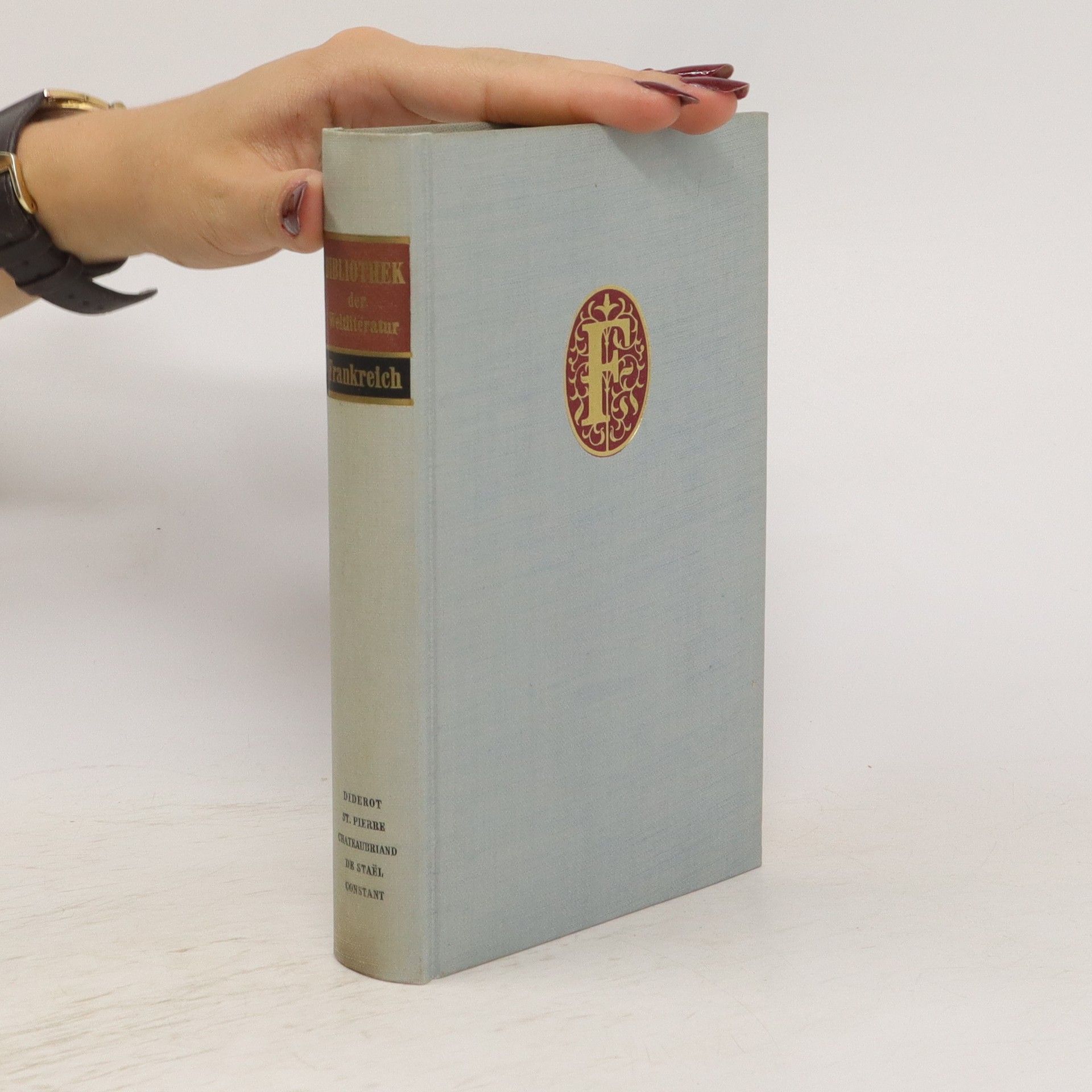Paul and Virginia
- 204 páginas
- 8 horas de lectura
Set in Mauritius, this classic French romantic novel explores the theme that true happiness arises from living in harmony with nature and virtue. Through its fictional narrative, the author delves into the complexities of human emotions and relationships, highlighting the pursuit of a meaningful life guided by ethical principles.




